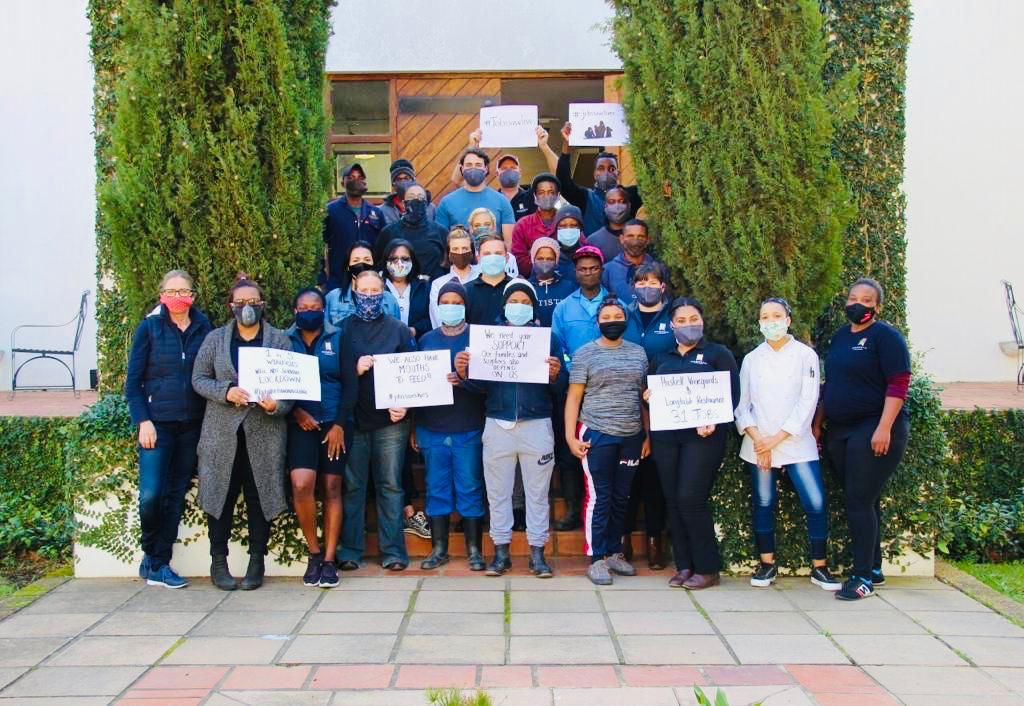St Peter’s Church is a Roman Catholic parish church in the inner city of Munich, southern Germany. Its 91-metre (299 ft) tower is commonly known as “Alter Peter”, Old Pete, and is emblematic of Munich. St Peter’s is the oldest recorded parish church in Munich and presumably the originating point for the whole city.
Before the founding of Munich as a city in 1158, there had been a pre-Merovingian church on this site. Eighth-century monks lived around this church on a hill called Petersberg. At the end of the 12th century, a new church in the Bavarian Romanesque style was consecrated, and expanded in Gothic style shortly before the great fire in 1327, which destroyed the building.
After its reconstruction the church was dedicated anew in 1368. In the early 17th century the 91-metre (299 ft) spire received its Renaissance steeple top and a new Baroque choir was added.
The church was heavily damaged in World War II during the Allied bombing of Munich.
The interior is dominated by the high altar to which Erasmus Grasser contributed the figure of Saint Peter. Among other masterpieces of all periods are five Gothic paintings by Jan Polack and several altars by Ignaz Günther. The ceiling fresco by Johann Baptist Zimmermann (1753–56) was restored in 1999–2000.
About Munich
Munich is the capital and most populous city of Bavaria, the second most populous German federal state. With a population of around 1.5 million, it is the third-largest city in Germany, after Berlin and Hamburg, and thus the largest which does not constitute its own state, as well as the 11th-largest city in the European Union.
The city’s metropolitan region is home to 6 million people. Straddling the banks of the River Isar (a tributary of the Danube) north of the Bavarian Alps, it is the seat of the Bavarian administrative region of Upper Bavaria, while being the most densely populated municipality in Germany (4,500 people per km²).
Munich is the second-largest city in the Bavarian dialect area, after the Austrian capital of Vienna, Munich was one of the host cities of the official tournament of the 2006 FIFA World Cup.
The city is a global centre of art, science, technology, finance, publishing, culture, innovation, education, business, and tourism and enjoys a very high standard and quality of living, reaching first in Germany and third worldwide according to the 2018 Mercer survey and being rated the world’s most liveable city by the Monocle’s Quality of Life Survey 2018.
Munich is a major international center of engineering, science, innovation, and research, exemplified by the presence of two research universities, a multitude of scientific institutions in the city and its surroundings, and world class technology and science museums like the Deutsches Museum and BMW Museum.
Munich houses many multinational companies and its economy is based on high tech, automobiles, the service sector and creative industries, as well as IT, biotechnology, engineering and electronics among many others.
How to fight the CoronaVirus – It all starts with you!




